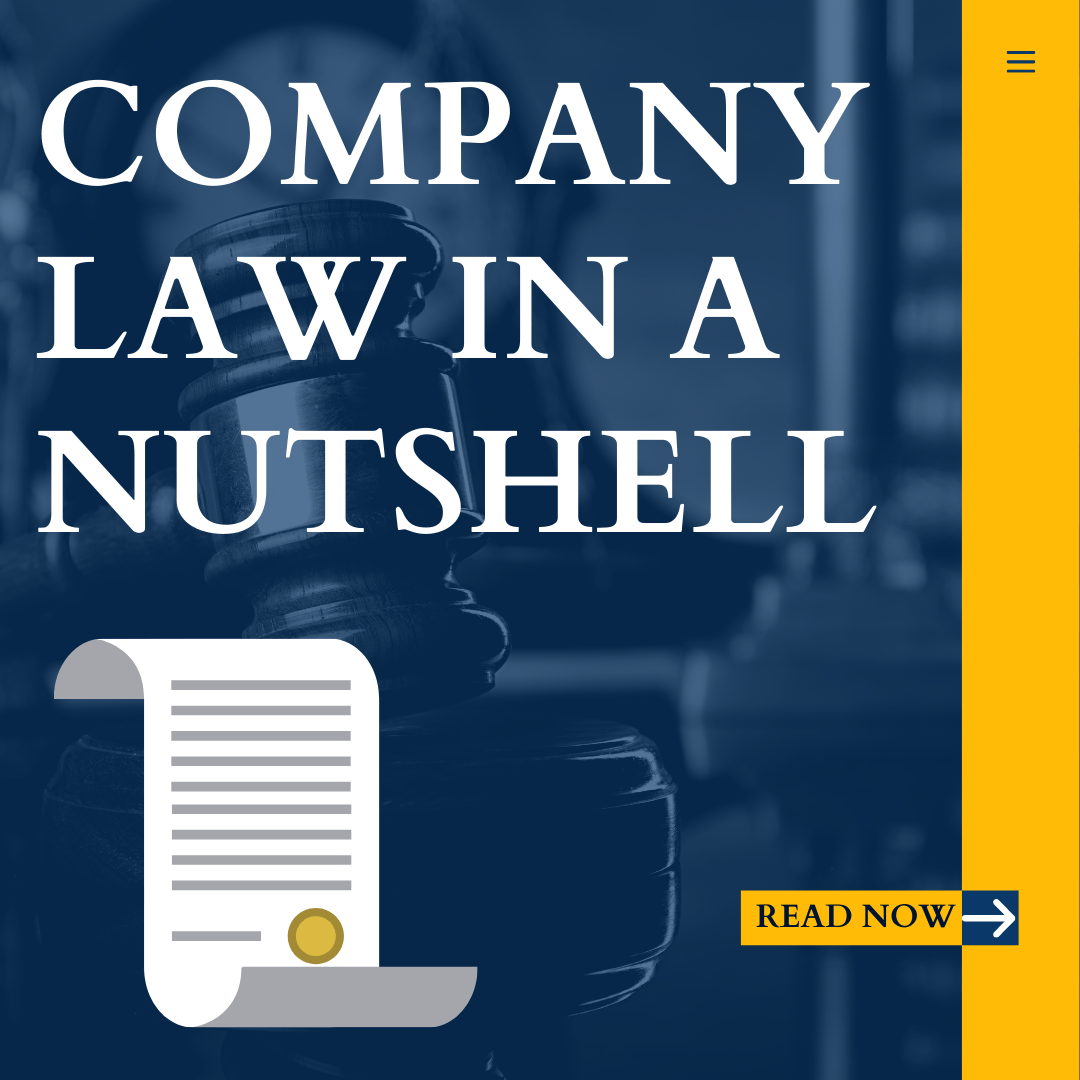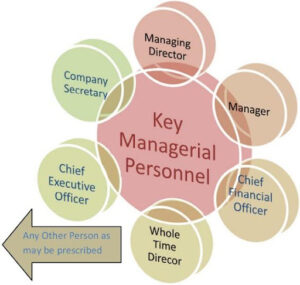This blog post is written by Ms. Ritu Sajnani & Ms. Aastha Vyas.
The concept of Metaverse
Metaverse = Meta + Universe!
Metaverse is a virtual environment made with the help of technologies like blockchain, computer vision, pervasive computing, scene understanding, and ubiquitous interfaces. The physical, virtual, and human worlds are all combined in the metaverse’s design.

Although metaverse produces a virtual world that is parallel to the real world, unlike the real world, it is not constrained by the laws of space and time because it exists in its own space and time. It enables overcoming the limitations of both times—by going back in time and moving toward the future—and of actual space—by traveling across space in the metaverse.
By allowing users to create content through recommendations and customised avatars, Artificial Intelligence contributes to improving the metaverse ecosystem.
In the meantime, technologies like blockchain assist with the monetization of content and avatar trade. In the metaverse, digital assets like Non-Fungible Tokens (“NFTs”) serve as a barter commodity that may also be exchanged for fiat money.
Features of Metaverse
Our physical and digital lives are seamlessly combined in the metaverse, creating a single, virtual society where we can work, play, unwind, do business, and interact. That said, the majority of conceptions of the metaverse make use of avatars, virtual reality, augmented reality, and a vast network.
- The fact that there are multiple virtual worlds emerging to enable people to deepen and extend social connections virtually is one of the key elements of Metaverse. This is accomplished by enhancing the web with a three-dimensional, immersive overlay to produce experiences that are more real and organic.
- As a result, interoperability will be a characteristic of the metaverse. Users would be able to move their avatars and other data, such as digital assets, between metaverse apps in an interoperable metaverse, regardless of whether those metaverses share ownership or management.
- The metaverse will pose fresh and challenging legal challenges relating to intellectual property rights, digital security, privacy and identity—as well as self-sovereignty—as will any breakthrough technical advancement.
The Metaverse Economy
Building a smart city involves fulfilling the daily needs of people in terms of entertainment, video games, remote work, education, tourism, and social networking. Now with the growing applications all are being used as examples of metaverse applications to build a Metaverse Economy. The COVID-19 pandemic bought about the widespread use of smartphones and the internet.
The advancement of blockchain technology and the expansion of Web 3.0 have all contributed to the emergence of the metaverse. Although many tech businesses are looking into new projects, gaming is thought to be the gateway to the metaverse. Brands are utilising the flexibility that gameplay offers to interact with in-game environments for audience growth and exposure through Metaverse storefronts and NFTs. The gaming industry is already working with sectors like music, fashion, cosmetics, sports, and education to incorporate their brands into the gameplay.
Indian business: The game changers
By releasing its most current collection, “Romance of Polki,” on April 7, 2022, Tanishq became the first Indian jewellery company to establish itself in the Metaverse. Three dimensional designs were made visible to the general public by scanning a QR code.
A similar action was done by the travel agency MakeMyTrip, which also launched virtual holiday NFTs.
Mahindra and Mahindra has introduced NFTs, which are themed on their legendary “Thar” car.
Metaverse and Data Privacy
The metaverse has a global reach and makes its features available to users wherever they may be, so it cannot be confined to a single or small number of data privacy laws. In many instances, the same data or even the same person will be subject to multiple privacy laws. For instance, the EU General Data Protection Regulation (“GDPR”) permits any company, no matter where it is situated in the globe, to be subject to its provisions if it provides goods or services to EU residents or keeps track of their behaviour.
Thus, European users of a metaverse run by a U.S. corporation may utilise their GDPR rights. That EU data subject might be in a virtual nightclub there with a Californian and a Japanese national. Physically, everyone is still in their homes, each with a different level of privacy. The option of privacy legislation in the metaverse is still years away since privacy law has not yet caught up to national and international borders.
Depending on whatever privacy regime is in effect, different rights and obligations apply. In accordance with the GDPR, the controller is required to reveal the details such as the controller’s name and contact information, the reasons for the processing, the legal justification, and the recipients of the personal data. Additionally, under certain conditions, the person may seek access to all information gathered, its correction, or its erasure.
Anytime a person uses a service or makes a purchase—like purchasing NFTs in a metaverse—their data is gathered and kept. For instance, a company that sells goods and services should be aware that it may be the recipient of numerous requests for the exercise of data subject rights that it must abide by.
The jurisdictional challenges
Given that users of Metaverse are likely to come from various backgrounds, countries, and regions, it is crucial to consider which country’s laws would govern the virtual world and Metaverse ecosystem. In a borderless virtual environment, jurisdiction will be even more ambiguous, a significant worry for many government organizations.
There still needs to be more clarity around the authorities’ position on this matter, with a lot more coming in the future. The only workable solution is to collaborate and create laws jointly. The regulations must change in reaction to shifting dynamics, adding a variety of measures to address new problems and offer the world remedies.
Regulatory Challenges: A point of concern
With the emergence of the metaverse, intellectual property rights will face a new problem. In order for the Animation, Visual Effects, Gaming, and Comics industries to prosper, ownership of art and properties in the real world is a different realm from that in the virtual world. NFTs may raise legal questions over rights to and ownership of Intellectual Property (“IP”).
To prevent IP theft, care must be taken to understand the conditions and smart contracts that are a component of the NFTs transaction.
With the growing advancements, it is necessary to have equipment that will deal with the issues arising from metaverse technology, among them, the protection of privacy. This will further involve having privacy regulations, laws related to payment governing this aspect, and IP regulations and protections. Even though the concept of metaverse is evolving across the globe, how only time will tell us to what extent India brings laws governing the virtual world.
Metaverse: A step ahead into the future
Primary Directions in which the metaverse is advancing includes; Hardware, infrastructure, content, community, and currency.
International organisations working in the fields of technology and communication have begun developing rules for upholding standards in light of the extensive coverage of technologies that the metaverse requires. The blockchain will be the most crucial piece of technology needed for the metaverse to take off. The first set of global blockchain standards was released in 2019 by the International Telecommunication Union. The Institute of Electrical and Electronics Engineers (“IEEE”) standards for Data Format for Blockchain Systems were published by IEEE in 2020 to promote standardisation. Meanwhile, other nations are attempting to establish laws governing the metaverse and similar technologies. India too in this race has taken its first movie in the direction by drafting the National Strategy on Blockchain, and by rolling out the 5G testbed, has started testing the testing quantum communication technology.
By developing the National Strategy on Blockchain, India has also made the first move in that direction.
Conclusion
When it comes to ensuring the secure operation of this new platform, there is a legal gap in front of us. Regulators must step in now, while Metaverse is still in its infancy, before the technology improves. If they wait, it will be more challenging to regulate after there is a higher level of user dependence.
Although disruptive technologies like VR, AR, blockchain, etc., have enormous potential in their applications, there is still doubt over how they will affect established legal systems. Undoubtedly, regulating new technologies would be challenging and call for revising current legal frameworks.



































